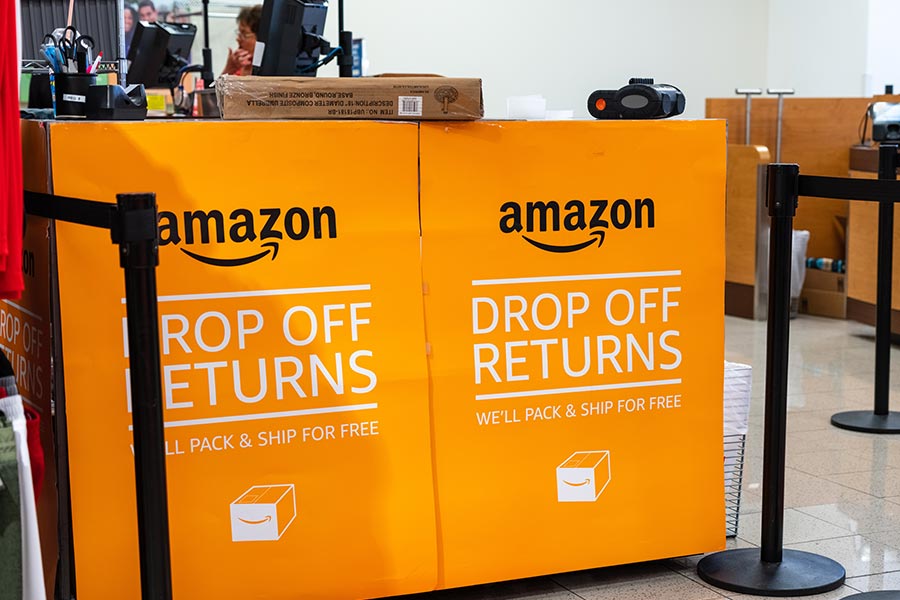Resources - Blog
How to Prepare for a Spike in Post-Holiday Returns

Stay on top of the latest e-commerce and marketplace trends.
After the peak holiday sales days, you will likely want to instantly switch gears to finish outlining your goals for 2020 as well as any metrics or KPIs you want to focus on. However, before you completely transition to ramping up sales for the new year, it is critical that you have an effective returns strategy in place.
The surge in e-commerce demand this holiday season will lead to a significant spike in returns. E-commerce sales generally have a much higher return rate than brick-and-mortar sales, and this is especially true during the holiday season.
E-commerce sales are projected to reach nearly $235 billion this holiday season and e-commerce returns will be at least $70.5 billion — a 73% increase from the previous five-year average, according to Nepak.
With more options for returns and rampant e-commerce growth, consumers are playing an active role in altering both purchase and return behavior. With returns anticipated throughout the holiday season, you need to have a seamless returns management system in place to avoid bottlenecks in your operation or a poor customer experience.
Quick Tips to Prepare Your Returns Process
1. Match or exceed Amazon’s returns policies. For the holidays, items shipped by Amazon.com between Nov. 1 and Dec. 31 of this year may be returned until Jan. 31 of the following year for a complete refund, subject to Amazon’s return guidelines.
2. Be timely — respond to returns requests within 24 hours.
3. Familiarize yourself with Amazon’s gift return workflow so you can properly issue a refund.
4. Know your process. As a third-party (3P) seller on Amazon, you must either provide a return address in the U.S., provide a prepaid return label, or offer a full refund without requesting the product to be returned. If you do not offer these options, you run the risk of having an A-Z claim filed against you.
5. Analyze each return to identify the root cause so you can inform your strategy for the future and implement any necessary changes to your sourcing model or supply chain.
6. Pay attention to ratings and reviews. Respond to negative feedback in a timely manner and leverage the comments to improve elements such as your product detail pages or your product how-to guides.
7. Be proactive. By keeping the line of communication open with customers and constantly acting on feedback and reviews, you can improve your products and consumer experience on an ongoing basis, instead of dealing with returns in a case-by-case manner as they happen.
Final Thoughts
Hassle-free returns are becoming table stakes for online retailers, evidenced by direct-to-consumer companies like Rothy’s who are extending their usual, 30-day return policy an additional month after the holidays to help offset shipping fees. Whether you are optimizing your returns strategy for Amazon specifically or for your other channels, be sure to always put the customer first.
Learn what Feedvisor can do for your business.
When you partner with Feedvisor, you automatically receive access to our true, AI-driven technology and hands-on team of e-commerce experts. Contact one of our team members today to learn more about our end-to-end solution for brands and large sellers on Amazon, Walmart, and e-marketplaces.




